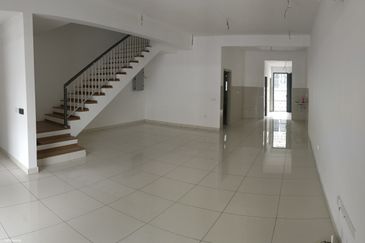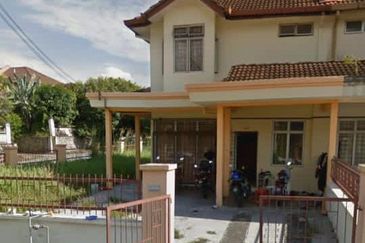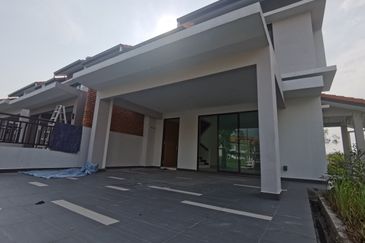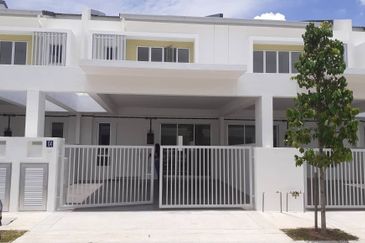KUALA LUMPUR: UK house prices are forecast to grow by 25% in the next five years to end-2018 from an earnings-led price growth, according to the Savill Residential Property Focus fourth quarter (4Q) 2013 report.
“Our analysis shows the housing market is not in bubble territory and could see as much as 25% growth over the next five years without significant damage to household finances,” stated the report.
“But this doesn’t rule out the possibility of a future bubble developing if scarcity value leads to the ‘irrational exuberance’ seen in so many past cycles.
“The biggest determinant of house prices will be mortgage interest rates. The current mortgage interest rate of 3.5% provides capacity for sentiment-driven house price growth in the short term.
“As the current mortgage interest rate is low in line with government policy, a lot will depend on whether the market reacts rationally or rushes in to capitalise on this.
“Certainly we know the Bank of England is alive to the perils of an overheated housing market and will take steps to curtail recent government intervention or, if necessary, restrict the flow of mortgage finance,” the report said.
Other factors to push price growth include political factors such as the run-up to the 2015 elections.
Home prices in other prime areas throughout the UK and the commute sectors of London are forecasted to catch up with the prime London prices for the first time since the credit crunch of 2007/08.
“Prices in other parts of the UK will start to outperform London at some point over the next five years, although not uniformly. Fuelled by the wider pattern of economic recovery, the recovery beyond London is likely to be strongest within the South of England.
“More specifically because we expect a modest, but progressive, improvement in mortgage lending, the greatest impact is likely to be in higher value local markets with more in-built housing equity.”
The report predicts the upper tiers of the mainstream market to drive the next phase of housing market recovery and price growth. This will favour areas such as Woking over Slough, Bath over Glouster, Solihull over Coventry and York over Leeds.
The extent to which lower value sectors of the UK will follow this lead will be limited by the extent of ongoing constraints on mortgage lending.
The question over whether Scotland will remain part of the UK following the vote in September 2014 does not yet seem to be impacting demand for Scottish property,” the report said.
“Changes to stamp duty in Scotland could have a bigger impact on the market than that of the independence referendum. From April 2015, this will be replaced by the Land and Building Tax (LBTT), which will be collected within Scotland only.”
While the final tax rates will not be announced until autumn this year, the current proposed structure favours residential sales at £180,000 or less, with sales above £200,000 incurring a higher rate of tax than at present.
This article first appeared in The Edge Financial Daily, on January 3, 2014.
TOP PICKS BY EDGEPROP

Duduk Se.Ruang @ Eco Sanctuary
Kuala Langat, Selangor

Duduk Se.Ruang @ Eco Sanctuary
Kuala Langat, Selangor

De Bayu Apartment @ Setia Alam
Shah Alam, Selangor

Elmina Green Three @ City of Elmina
Sungai Buloh, Selangor

Bandar Springhill
Port Dickson, Negeri Sembilan

Taman Desa Anggerik, Bandar Baru Nilai
Nilai, Negeri Sembilan















hero.jpg?GPem8xdIFjEDnmfAHjnS.4wbzvW8BrWw)



